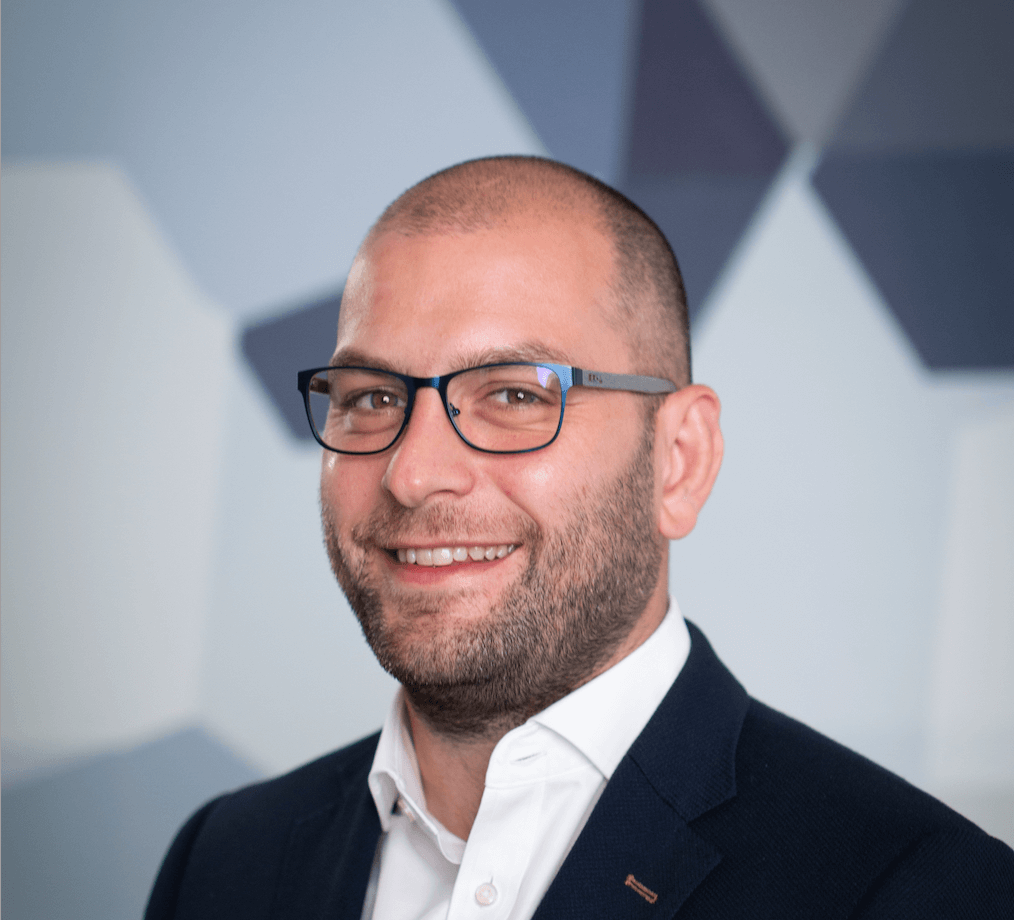In this next blog in our series previewing The Dark Money Conference 2021, Director of fscom, Philip Creed outlines our key theme and speakers for Day 2 of the conference.
Despite its activities and consequences being hidden from public view, by nature and intent, financial crime (fincrime) is a truly global problem that is of increasing threat to citizens, businesses, institutions, governments, and the entire economy. However, there is emergent consensus that existing arrangements and infrastructure for fighting fincrime are not as effective as they could, or indeed should, be.
It is easy to point the blame at certain actors when it comes to identification, prevention, and detection of fincrime, which are the crucial first defence. Financial institutions are expected to monitor payments and transactions, being regarded as the “gatekeepers”, thus they are commonly singled out as the failure point when fincrime is exposed.
It is true that, in some cases, enforcement of and compliance with best practices is not up to standard at these institutions, ultimately resulting in the enabling of or failure to prevent fincrime. However, the global nature of the fincrime problem means it is inherently too large and complex for any one institution, organisation or government to prevent alone.
To create a more effective preventative framework against fincrime, we must establish a practice of open collaboration and coordination amongst all actors on all levels within the financial system. This will be discussed in detail on Day 2 of The Dark Money Conference, taking place this Thursday, 16 September 2021. Ray Blake and Graham Barrow will be joined by Ben Cowdock and Duncan Hames, of Transparency International, to provide the opening keynote on how we can fight fincrime smarter and faster.
Using tech tactics to fight fincrime
The accelerated digitisation over the past year has caused even more operational headaches for those combatting fincrime. Indeed, many businesses have found themselves more susceptible to fraud and other forms of fincrime since March 2020 due to the lack of appropriate digital infrastructure and best practice, with nefarious actors leveraging new technologies and targeting weak points in novel remote working arrangements.
That said, technology can, concurrently, better our ability to combat fincrime. Primarily, advancements in artificial intelligence, blockchain, and data can drastically reduce the time it takes to transmit information between parties, enabling more resource-efficient cross-border collaboration. Charlie Delingpole, ComplyAdvantage, Colum Lyons, ID Pal, and Jean Villedieu, Linkurious, will share their insights on importance of technology in combating fincrime and how these developments may potentially prove transformative.
Sow now to reap later
When seeking to fight fincrime, the money laundering reporting officer (MLRO) function is critical. The MLRO is placed at the core of any institutions’ anti-money laundering (AML) and counter-terrorist financing (CTF) frameworks, being the primary monitors and reporters of suspicious activity within their institution. It is of crucial importance that an institutions’ MLRO has the necessary skillset and appropriate support if they are to be successful in their obligations.
In the current context, though, MLROs are faced with an unprecedented number of obstacles and complexities which can prevent them from operating effectively. As incidences of fincrime increase, as they have done over the past 12 months, so do burdens on the MLRO. To ensure continued success of AML and CTF operations, institutions must ensure that their MLRO is supported with the required resources to conduct their duties and responsibilities – meaning a certain level of infrastructure, support, training, and so on. Inevitably, this demands significant investment in terms of time, money, and energy, but is a necessary expense for successfully defeating fincrime. On Day 2 of the Dark Money Conference, Priya Giuliani, Promontory, will lead a discussion between Mark Doggett of Gemini, Katarina Cook of Brewin Dolphin, and Marta Lia Requeijo of ClearBank on how these present issues can be overcome, and how an adequate level of investment now will translate to positive differences in the near future.
The future of asset recovery
The end goal of any effort to tackle corruption and money laundering is to recover and return stolen assets to their rightful owners. Having an effective asset recovery methodology in a country acts as a deterrent by illustrating that the jurisdiction no longer offers a destination for successful fincrime operations.
Digital assets have, however, made attempts at asset recovery problematic. As cryptocurrencies are decentralised, anonymous, and global in nature, they are far more difficult to identify, find and recover than traditional stolen assets, causing headaches for regulators, law services and security forces worldwide.
Despite these seemingly insurmountable hurdles in recovering digital assets, authorities have seen success in recent months. For example, UK police have made two large crypto seizures worth over £110m each in 2021, while the IRS has seized over $1.2bn worth of cryptocurrency in the US in 2021 so far which is nearly a tenfold increase on the previous year. Clearly, appropriate steps can be taken to ensure successful recovery of digital assets, as will be discussed by Aidan Larkin, founder and CEO of recovery service Asset Reality on day 2 of the Dark Money Conference.
Tickets for The Dark Money Conference 2021 online are now on sale!
From 15-17 September, hundreds of global leaders, law enforcement, government bodies, 30+ speakers and more, will come together to help create a solution to tackle financial crime.
You won’t want to miss it!








